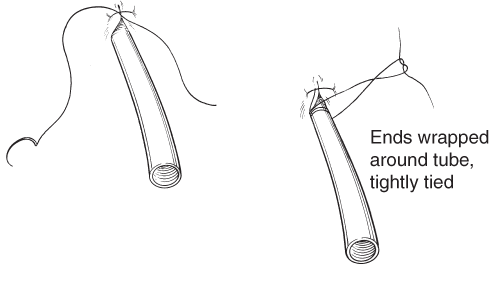A little background:
Lumbar disc herniation is the most common cause of lumbar radiculopathy, or sciatica, a shooting or burning pain from the low back radiating down the posterior leg distal to the knee.
Two tests used to evaluate these symptoms are
The straight leg raise.
· The straight leg raise test is highly sensitive but not very specific for disc herniation.
· This is performed by lifting the leg affected by the radiating pain.
· The patient lies supine with one leg either straight or flexed at the knee with the sole of the foot flat on the stretcher.
· The examiner then raises the affected leg up, extended, to 30 to 70 degrees.
· Reproduction of low back pain that radiates down the posterior affected leg at least past the knee is considered a positive result. Not just pain to the lower back, which is a common misconception.
· The SLR test can also be performed with the patient in a sitting position, by stretching the sciatic nerve by extending the knee; the test is positive if pain radiates to below the knee.
The crossed straight leg raise.
· It is highly specific (90%) for disc herniation
· You perform the same test as the straight leg but on the unaffected leg.
· A positive test: reproducing both the back pain + the radiation down the affected leg.
Sources: Peer IX, Tintinelli’s, Dr. Sergey Motov, Uptodate



